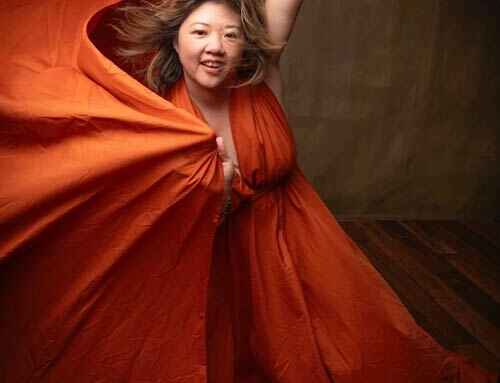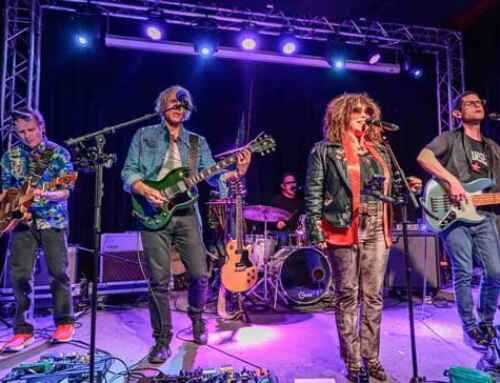
This week’s Dance First Insight is from Adam Barley, the man behind ZeroOne!
During my work, stuff comes up. There’s often a strong sense of moving through it in a way that feels like healing, to use the original meaning of the word, which is related to wholeness, and holiness. We become more completely ourselves.
Because of this common experience, there’s a tendency to think of it as therapy. But it’s not. Therapeutic, yes, but not therapy, as I understand it.
I want to explain how I see it because I get asked about it fairly often. The following is imperfect, but it’s a start. If you have any comments or suggested revisions, I’d be glad to hear from you.
ZeroOne is a three-legged stool, requiring all three aspects to be in reasonably good balance. These are:
Spiritual practice: we are practicing being present with what is. Moment to moment, whatever arises is welcome. As we dance, we practice resting as awareness within the body, making space for everything within that awareness and staying with it. When we do that, we are subtly opening ourselves to mysterious forces that we will never grasp intellectually and never have mastery of. At this level, we are not really in control and never have been. This includes you as a dancer and me as a facilitator.
Healing: as we move, aspects of ourselves that have been hidden get stirred up and brought into consciousness. Suppressed feelings and buried memories often come up, which may well be constellated as traumatized patterns within the nervous system. It’s not always painful stuff, though; it’s also common to have significantly increased levels of creativity, sexual energy, or vision for tackling life issues that have seemed insurmountable before.
Art: as dancers, we are practicing turning our felt-sense experience into art. Whether you’re bored, turned on, stuck, curious, pissed off, scared shitless, or full of joy, everything has a dance. No exceptions. Dance is not a movement style; it’s an attitude, a creative approach to physicality.
Now, the conditions required for healing, and those for art, are very different. For healing to happen, we need to feel safe, which only happens with a subtle, delicate, and complex blend of outer circumstance and inner perception. On the other hand, the artist within us (and we’re all artists!) needs: RISK. Too much safety, or clinging to safety at all costs, will suffocate the wild soul that we truly are. As artists, we need the freedom to make colossal mistakes, risk everything, and create beyond the bounds of what we know. As artists, we thrive on the thrill of the unknown, galloping through the wilderness of our deepest nature.
‘Therapy’, according to a dictionary, means ‘a treatment intended to relieve or heal a disorder. If we open the word ‘disorder’ to mean any sense of being wounded, off-center, or ill at ease within oneself, we could say that’s its purpose. Great: we all have stuff that needs dealing with, not to mention ways we could grow, become more conscious, more alive, more deeply ourselves.
But that’s not all we’re doing on the dance floor. The blend of these three elements in ZeroOne lends itself to that kind of growth, together with something that is better described as prayer, artistic endeavor, and celebration of life.
It’s glorious to dance! And not only when we have a problem. Perhaps more than ever when we feel good and full of life.
There’s another difference between the ways therapy is almost always done and the way most people facilitate movement practices such as ZeroOne, which is around boundaries. I would not expect to form a friendship with my therapist, nor would I choose a friend to be my therapist. Whilst some boundaries are appropriate because there is a power differential between myself and the participants, it’s not the same. I wouldn’t think twice about going to a friend’s dance workshop, and I often have friends, neighbors, and my partner taking part in my sessions. I have long-term friendships with people I met in my work. I think this is because the real teacher in the room, the healer, is the dance. Not me. Even if I don’t make it explicit in a session (and I often do), the fact that I see it that way is embedded in the field.
Added to this, I’ll often dance too. I don’t let go as deeply as if I was a participant, but I’ll still go in there. Partly, this is a difference between group work and individual work. Partly it’s my teaching style — there are movement teachers who won’t join in the dance with everyone else. But I do think the tangible presence of that third force in the room, of the dance, is the other reason that the power differential is less acute than with most forms of therapy.
In the end, distinctions between practices like ZeroOne and therapy are not hard lines. Most therapists I know understand that the real therapist in the space is Spirit. And many therapists don’t limit themselves to the dictionary definition of therapy I gave above. Despite that, still, my answer to the question “Is your work therapy?” is “No, it’s not.”
ZeroOne is not for everyone, all the time. If a strong sense of safety is paramount, such as when you’re navigating severe trauma (particularly early developmental trauma), I’d recommend finding a good therapist who can work with your body in some way, as well as talking with you. I have had many phases in my life where I’ve worked with a therapist, and I value it immensely.
But most of all, I love the wilderness of the dance floor, fundamentally unpredictable in the way that the natural world is — not entirely safe, yet with the capacity to be healing in ways that are heartbreakingly beautiful and deep medicine for times like these.
Learn More: www.InZero.One





